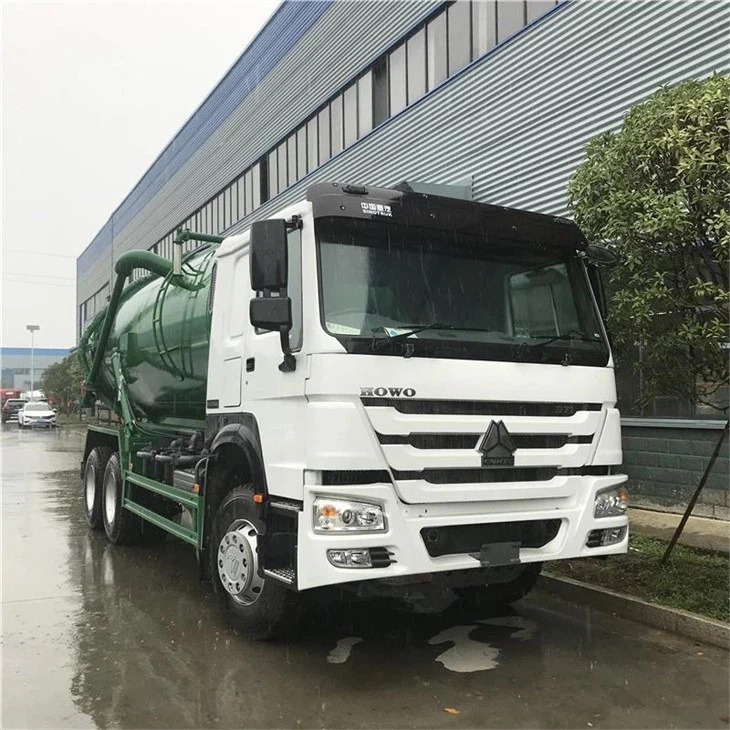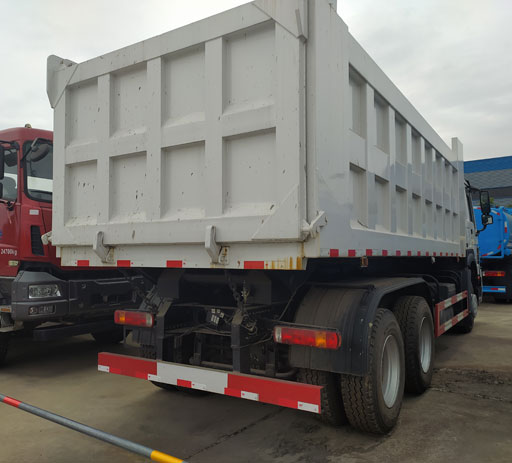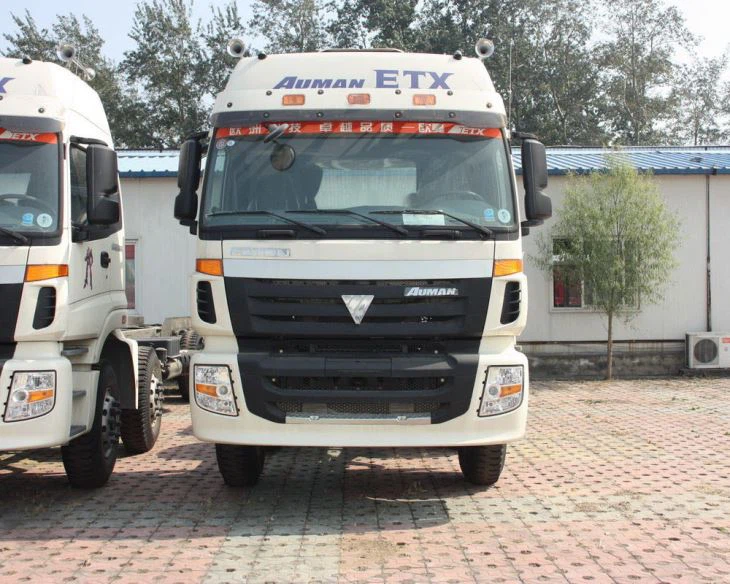Everything You Need to Know About Oil Tanker Lorries

Introduction
Oil tanker lorries play a crucial role in the transportation of petroleum products, including fuel and lubricants. These specialized vehicles are essential for ensuring that fuel reaches gas stations, industrial facilities, and other end-users efficiently and safely. In this article, we will explore the features, types, safety regulations, and environmental considerations related to oil tanker lorries. We will also provide practical examples and tips for safe operation and maintenance, making this a comprehensive guide for both industry professionals and the general public.
What is an Oil Tanker Lorry?
An oil tanker lorry is a large commercial vehicle designed specifically for transporting liquid fuels, including crude oil, diesel, petrol, and other petroleum products. These vehicles are equipped with a special tank fitted securely to the chassis, allowing for the safe and efficient movement of large quantities of liquid fuel.
Structure of an Oil Tanker Lorry
The typical structure of an oil tanker lorry includes key components that ensure its functionality:
- Tank: The tank is the most significant part of the lorry, often constructed from steel or aluminum and designed to hold thousands of liters of fuel.
- Pump: Oil tanker lorries have powerful pumps to load and unload fuel quickly and efficiently.
- Valves and Connection Points: These help regulate the flow of fuel and ensure proper connection to refueling systems.
- Safety Equipment: Includes fire extinguishers, spill kits, and emergency shut-off systems to manage hazards.
Types of Oil Tanker Lorries
Oil tanker lorries come in various configurations, each designed for specific transportation needs. Some of the common types include:
1. Compartmentalized Tankers
These tankers feature multiple compartments, allowing them to carry different types of oil or fuel simultaneously without contamination. This design is particularly useful for fuel distributors that service various types of customers.
2. Vacuum Tankers
Vacuum tankers are used for transporting liquids that need to be kept under pressure. They are often used to carry hazardous waste and require specialized handling.
3. Flatbed Tankers
Flatbed tankers are generally used for transporting larger machinery or equipment that requires bulk oil or fuel. Their open design facilitates easy loading and unloading.
4. Insulated Tankers
These tankers are designed to maintain the temperature of the liquid they carry. Insulation is critical for transporting specific products, such as biodiesel or asphalt.
Safety Regulations for Oil Tanker Lorries
Operating oil tanker lorries involves strict adherence to safety regulations designed to protect the driver, the vehicle, and the environment. Key regulations include:

1. Licensing and Certification
Drivers of oil tanker lorries must obtain specialized licensing, often requiring additional training to handle hazardous materials safely.
2. Vehicle Inspections
Regular inspections of the tanker and its components ensure that they comply with safety standards. Inspections should be documented meticulously.
3. Spill Response Plans
Companies must have contingency plans in place for any potential spills or leaks. These plans not only protect the environment but also mitigate liability in case of accidents.
Environmental Impact of Oil Tanker Lorries
While oil tanker lorries are essential for the transportation of oil products, they can negatively impact the environment if not managed correctly. Here are a few considerations:
1. Carbon Emissions
As commercial vehicles, oil tanker lorries contribute to greenhouse gas emissions. Transitioning to cleaner fuels or electric alternatives can help minimize this impact.
2. Spill Risk
Accidental spills during loading, unloading, or transportation can cause significant ecological damage. Proper training for drivers and adherence to regulations can reduce this risk.
3. Noise Pollution
Oil tanker operations can produce considerable noise, especially in urban areas. Utilizing more efficient engines and optimizing routes can mitigate noise issues.
Maintenance of Oil Tanker Lorries
Regular maintenance is critical to ensuring the safety and efficiency of oil tanker lorries. Here are essential maintenance tips:
1. Routine Inspections

Conducting daily walkthroughs for leaks, damage, and overall condition can help catch issues before they escalate.
2. Regular Oil Changes
Just like any other vehicle, oil tanker lorries require regular oil changes to maintain engine performance.
3. Brake and Tire Inspections
Due to their size and weight, ensuring that brakes and tires are in optimum condition is vital for safe operation.
4. Clean and Maintain Tank Interiors
Regularly cleaning the tanks ensures no residue or contaminants remain, which could compromise the quality of the fuel being transported.
Fuel Management Systems for Oil Tanker Lorries
Efficient fuel management systems can streamline operations for companies using oil tanker lorries. These systems help in:
1. Monitoring Fuel Usage
Data on fuel consumption allows companies to optimize routes and reduce wastage, contributing to cost savings.
2. Tracking Deliveries
GPS-enabled systems enable real-time tracking of tanker lorries, ensuring prompt delivery and safe management of routes.
3. Maintaining Inventory
Automated tracking of inventory levels in the oil tanks provides companies with insights on when to refuel or order supplies.
Case Studies: Successful Oil Tanker Lorry Operations
1. Regional Fuel Distributors
A fuel distributor in the Midwest implemented a compartmentalized oil tanker lorry program, allowing them to serve diverse customers with varying fuel needs, achieving a 20% increase in operational efficiency.
2. Eco-friendly Practices
A prominent oil transportation company transitioned to biofuels and implemented route optimization technology, resulting in a significant reduction in carbon emissions and fuel costs.
3. Spill Prevention Initiatives
Another example involves a company that invested in spill response training and equipment, leading to a 50% decrease in spill incidents over five years.
FAQs about Oil Tanker Lorries
1. What types of fuel can be transported by oil tanker lorries?
Oil tanker lorries can transport a variety of fuels, including petrol, diesel, kerosene, and other petroleum products. Some specialized tankers can also carry chemicals and hazardous materials.
2. How often do oil tanker lorries need to be inspected?
Oil tanker lorries should undergo thorough inspections at least once a year, with regular daily checks conducted by operating drivers to ensure safety and compliance with regulations.
3. What are the safety features of an oil tanker lorry?
Safety features commonly found on oil tanker lorries include emergency shut-off systems, fire extinguishers, spill kits, tank pressure monitoring devices, and safety valves.
4. How can companies minimize the environmental impact of oil tanker lorries?
Companies can minimize environmental impacts by transitioning to renewable energy sources, ensuring proper spill response preparedness, maintaining their vehicles efficiently, and optimizing transportation routes.
5. What should I do in case of an oil spill during transportation?

In case of an oil spill, immediately contact emergency response teams, isolate the area, use spill containment measures, and follow the company’s spill response plan. Document the incident thoroughly.
6. Can oil tanker lorries be used for other liquids besides oil?
Yes, oil tanker lorries can be designed to transport other liquid materials, including chemicals, food-grade liquids, and even non-hazardous materials. Proper tank specifications should be adhered to for safety.
